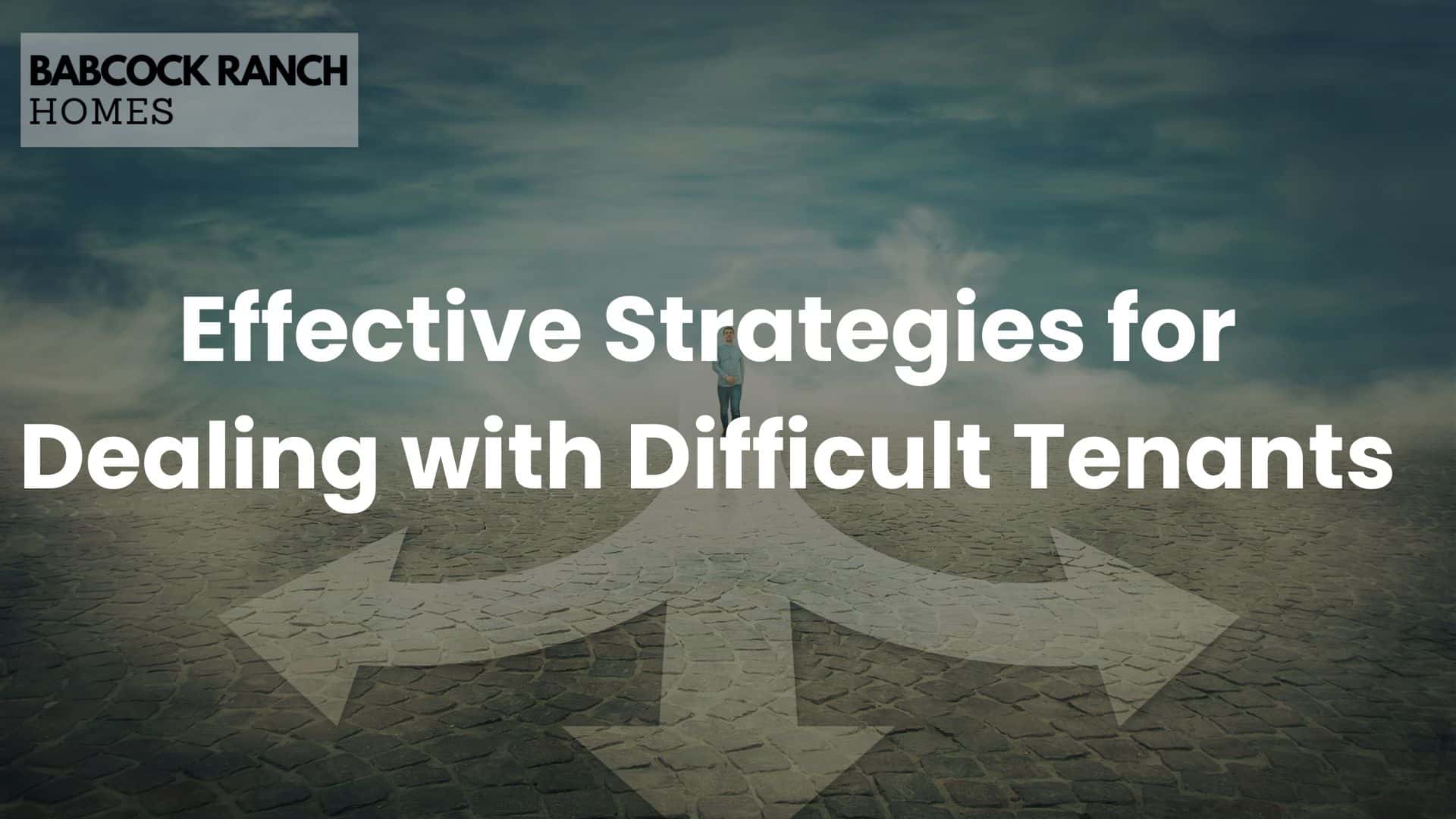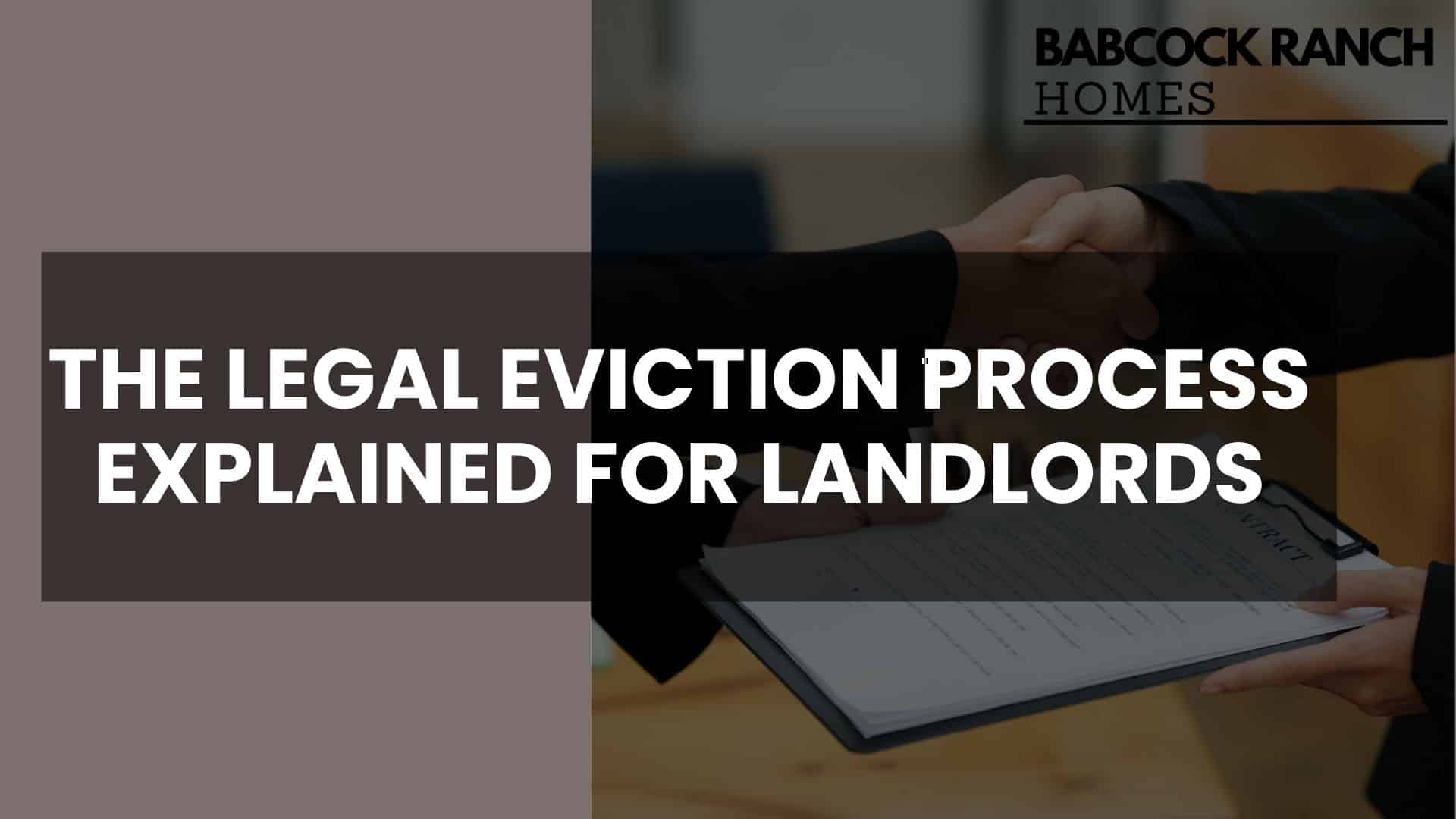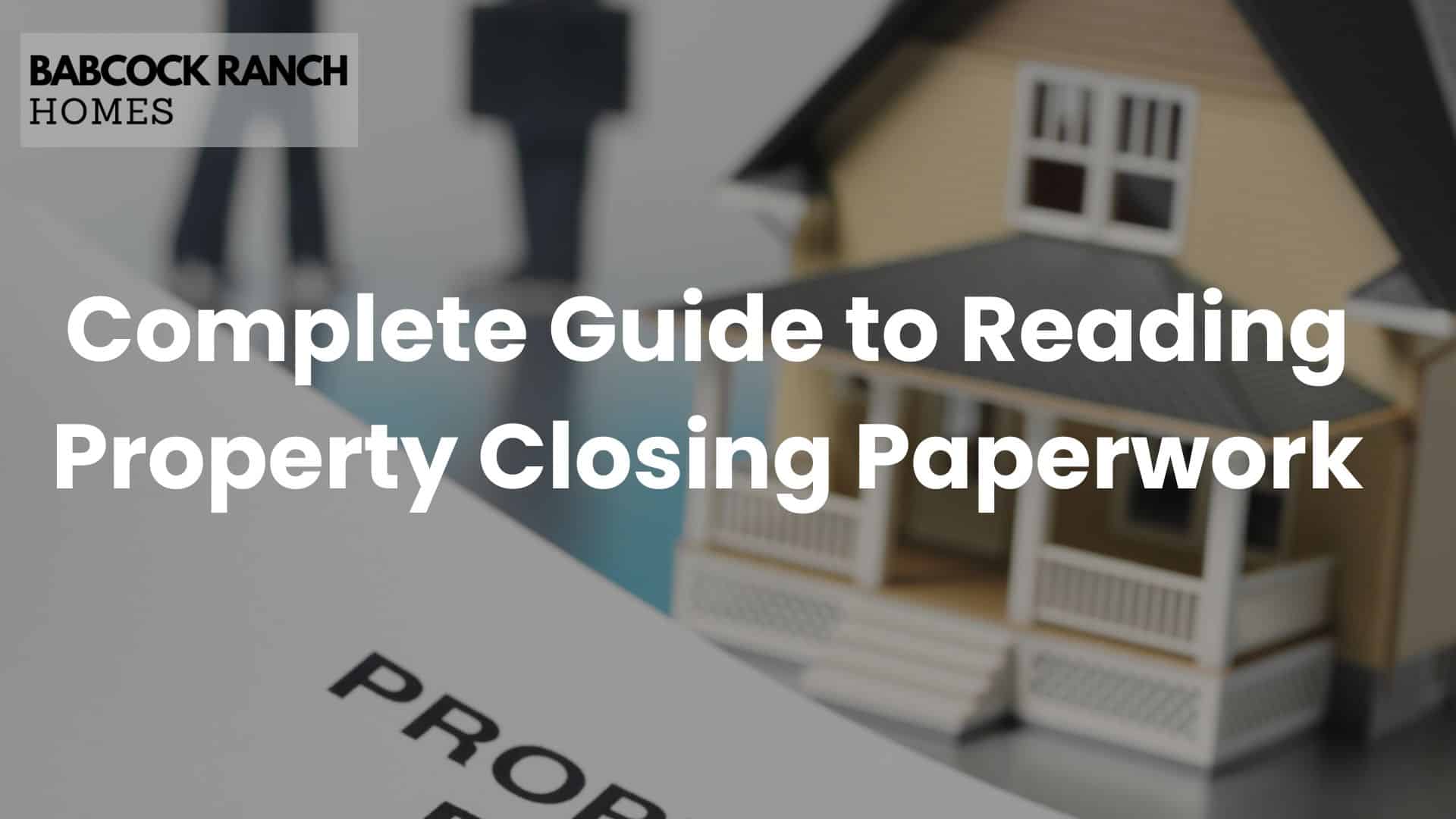Understanding real estate can be tough, with important legal documents like a certificate of occupancy. At Babcock Ranch Homes, we know how key this permit is. It shows a property is safe and follows local rules.
A certificate of occupancy (CO) is a legal must-have. It proves a building is safe and meets all the rules. This permit says a place is good to live in and follows local building and health codes.
If you own property, want to buy, or rent, knowing about COs is important. It helps avoid legal issues and keeps your investment safe.
Key Takeaways
- A certificate of occupancy is a critical legal document for property safety
- COs verify compliance with local building and safety regulations
- Properties cannot be legally occupied without a valid CO
- COs protect both property owners and future occupants
- Getting a CO means detailed checks and paperwork
Understanding Certificates of Occupancy: A Complete Overview
A Certificate of Occupancy (CO) is key in real estate. It shows a building is safe and legal. It proves a property meets local rules.
Knowing about a Certificate of Occupancy is vital. It helps owners and investors understand real estate rules. This document tells you what a building can be used for.
Legal Definition and Purpose
The main goal of a Certificate of Occupancy is to check if buildings are safe and follow rules. Local departments give these documents after they inspect:
- Construction meets all building codes
- The property is safe for intended use
- Zoning regulations are properly followed
- Structural integrity is verified
Key Components of a CO
A Certificate of Occupancy has important parts. They give a full view of the property:
| Component | Description |
|---|---|
| Building Information | Detailed property specifications |
| Owner Details | Legal property owner information |
| Occupancy Classification | Permitted building use type |
| Inspection Details | Verification of compliance checks |
Regulatory Framework
Many government agencies work on Certificates of Occupancy. They are vital for public safety. They make sure properties are safe before people can live there.
Property compliance is not just a bureaucratic requirement. It’s a big step in keeping owners and future residents safe. It stops risks from bad building use or construction.
What Is a Certificate of Occupancy and Why It Matters
A certificate of occupancy is a key document in real estate. It shows a building is safe and follows the law. This document is needed before a property can be lived in or sold.
Knowing about a certificate of occupancy is important for everyone. It has many roles:
- It checks if a building is strong
- It makes sure it follows local building rules
- It keeps people safe from dangerous places
- It helps with legal deals on property
Getting a certificate of occupancy has big benefits. It shows buyers and renters that a building is safe. It means the building has passed tough safety checks and meets all rules.
A property without a valid certificate of occupancy can face big legal and money problems.
Local governments use these certificates to keep buildings safe and up to code. Investors, homeowners, and real estate experts should get this important document. It helps protect their investments and makes sure they can legally use the property.
Not getting a certificate of occupancy can lead to big issues. Owners might face:
- Big fines
- Rules on what they can do with the property
- Trouble selling or renting
- Having to leave the property
A certificate of occupancy is more than a piece of paper. It’s a key to keeping buildings safe, following the law, and having peace of mind.
Types of Certificates of Occupancy
Understanding the different certificates of occupancy (CO) is key. These documents check if buildings are safe and follow the rules. They are important for all kinds of properties.
There are three main types: residential CO, commercial CO, and temporary permits. Each has its own role in building rules.
Residential Certificates of Occupancy
A residential CO is needed for single-family homes, townhouses, and apartments. It shows these places are safe and meet local building codes. This is before people can move in.
- Confirms structural integrity
- Validates compliance with zoning regulations
- Ensures safe living conditions
Commercial Certificates of Occupancy
Commercial COs cover more types of buildings. This includes offices, shops, and factories. They show these places follow safety rules and usage guidelines.
| Property Type | CO Requirements | Key Considerations |
|---|---|---|
| Office Buildings | Comprehensive safety inspections | Electrical, fire safety, accessibility |
| Retail Spaces | Zoning compliance | Parking, signage, occupancy limits |
| Industrial Facilities | Environmental and safety checks | Equipment standards, hazard mitigation |
Temporary Certificates of Occupancy
A temporary permit is for when a building is almost done but needs final checks. It’s good for 90 to 180 days. It can be renewed if needed.
- Valid for limited duration
- Allows occupancy during final inspections
- Requires ongoing compliance verification
Knowing about these certificates helps owners meet building rules. It ensures their buildings are safe and legal.
When Do You Need a Certificate of Occupancy
Knowing about a certificate of occupancy is key for property owners. These documents prove a building meets all the rules and standards. They are important for property compliance and construction approval.
There are a few main times when you need a certificate of occupancy (CO):
- New Construction: Every new building needs a CO before it can be used
- Major Renovations: Big changes to a building need a new certificate
- Property Use Conversion: If you change how a building is used, you need a new CO
- Property Transfers: In some places, you need a CO when you sell or transfer a property
The rules for getting a certificate of occupancy vary by place. Local building departments have their own rules. It’s important to check with them.
Not getting a proper certificate of occupancy can lead to big legal and financial problems. This includes fines and delays in selling or using a property.
Investors and homeowners should check their CO needs. Talking to local building inspectors or real estate experts can help understand the rules better.
The Application Process and Requirements
Getting an occupancy permit needs careful planning and detail. Owners and developers must go through a detailed process. This includes building inspections and getting construction approval to get their certificate of occupancy.

The first step is to prepare well and know the local rules. You must show you meet all building codes and safety standards.
Documentation Needed
Having the right documents is key for a smooth application. You need to gather a detailed package with:
- Completed application forms
- Detailed building plans
- Proof of completed construction inspections
- Zoning compliance certificates
- Proof of paid permit fees
Inspection Procedures
Building inspections are very important in the approval process. Local authorities check the building’s structure and safety.
| Inspection Type | Key Focus Areas | Typical Duration |
|---|---|---|
| Final Construction Inspection | Overall building structure | 2-4 hours |
| Electrical Inspection | Wiring and electrical systems | 1-2 hours |
| Plumbing Inspection | Water and drainage systems | 1-2 hours |
| Elevator Inspection | Safety and operational standards | 1 hour |
Timeline Expectations
Getting your occupancy permit takes time. Times can change based on local rules and project details.
- Initial application submission: 1-2 weeks
- Comprehensive building inspections: 2-4 weeks
- Final documentation review: 1-2 weeks
- Certificate issuance: 1 week
Pro tip: Keep in touch with local building authorities. Quickly fix any issues to speed up the process.
Cost Factors and Fee Structure
Getting a certificate of occupancy can be tricky for property owners and investors. The costs vary a lot based on several key factors.
The location is a big factor in occupancy permit fees. Each city or town has its own pricing for these certificates. For example:
- Tamarac, Florida charges $260 for a safety certificate
- Additional fees of $89 and $3 per 1,000 square feet of building space
- West Chicago implements a rate of $100 plus $0.12 per square foot
Expect to pay between $100 to $260. These costs don’t include extra fees for inspections or repairs needed to pass the review.
| Location | Base Fee | Additional Charges |
|---|---|---|
| Tamarac, FL | $260 | $89 + $3 per 1,000 sq ft |
| West Chicago | $100 | $0.12 per sq ft |
Some places add extra fees for new property costs. Sellers usually pay for the certificate, but you can talk about it with buyers.
You can pay for occupancy permits in several ways, like cash, checks, or cards. You can also get faster service for an extra fee, which is good for urgent deals.
Common Inspection Requirements and Safety Standards

Getting a certificate of occupancy means your property must pass tough inspections. These checks make sure your building is safe and follows zoning laws. Owners must show their property meets all local and national standards.
Building inspections look at many important areas. They check if a property is safe and strong. These checks help decide if a place is ready for people to live in.
Building Code Compliance
Following building codes is key to getting a certificate of occupancy. Inspectors carefully check buildings to see if they follow safety rules.
- Structural security assessments
- Electrical system evaluations
- Plumbing functionality checks
- Fire safety provisions
Safety Measures
Safety goes beyond just building strength. Comprehensive safety evaluations make sure buildings keep people safe from dangers.
- Functional emergency exit routes
- Appropriate fire alarm systems
- Proper electrical wiring configurations
- Adequate ventilation and air quality standards
Zoning Regulations
Zoning laws are very important. They decide how you can use your property. These rules tell you how to build and use your land in certain areas.
- Land use restrictions
- Building height limitations
- Setback requirements
- Permitted property classifications
Property owners need to work with local inspectors to meet these rules. Knowing and following these standards can make getting a certificate of occupancy easier.
Property Classifications and Usage Requirements
Understanding property classifications is key to getting an occupancy permit. Zoning laws set rules for each property type. It’s important for owners to know these rules.
Property types are divided into main categories:
- Residential properties
- Commercial spaces
- Industrial facilities
- Mixed-use developments
Each type has its own zoning laws and permit needs. Owners must check their use against local rules.
| Property Type | Key Compliance Requirements | Typical Usage Restrictions |
|---|---|---|
| Residential | Strict occupancy limits | Single-family or multi-unit living |
| Commercial | Business operation guidelines | Retail, office, service-based activities |
| Industrial | Safety and environmental regulations | Manufacturing, warehousing |
Changing how you use your property might need a new permit. Ignoring zoning laws can lead to big legal and financial problems.
Knowing your property’s type is the first step to legal status and avoiding trouble.
Property owners should talk to local authorities. They can help with specific rules for your property and use.
Role of Building Inspectors and Local Authorities

Building inspectors and local authorities are key to keeping properties safe and in line with rules. They check if buildings follow safety standards and local codes. This ensures that buildings are safe for everyone.
In cities like San Antonio, teams of experts check different parts of buildings. They look at:
- Building structural integrity
- Electrical systems
- Mechanical installations
- Plumbing infrastructure
- Fire safety protocols
- Health and welfare standards
Inspection Process Dynamics
Local government agencies manage the construction approval process. They make sure each step of a project is safe. Temporary Certificates of Occupancy are given at certain stages, allowing safe use before the whole project is done.
Authority Responsibilities
Local building authorities have big tasks. They include:
- Reviewing construction plans
- Conducting site inspections
- Checking zoning rules
- Issuing final Certificates of Occupancy
Compliance Verification
Checking if a property follows all rules is a detailed process. Inspectors look at fire safety, accessibility, and how strong the building is. They make sure it meets state and local codes.
The final inspection is the last check to make sure everything is safe and follows the rules.
Dealing with Certificate of Occupancy Denials
Getting a denial for an occupancy permit can be tough for property owners. It’s important to know why building inspections fail and why properties don’t meet standards. This knowledge helps you deal with the situation better.
There are a few main reasons for certificate of occupancy denials:
- Incomplete documentation can stop the approval process
- Big building code violations can make properties unsafe
- Structural problems that don’t meet local rules
- Zoning law issues
If you get a certificate of occupancy denial, you need to act fast. First, ask the local building authority for a detailed explanation of the violations. This will show you exactly what needs to be fixed.
To fix compliance issues, you should be proactive:
- Read the inspection report carefully
- Talk to skilled local contractors
- Fix things exactly as the codes say
- Get a full re-inspection
Florida laws also help property owners. They say building authorities must tell you exactly what’s wrong and how to fix it. You might even get part of your permit fees back if inspectors don’t give you timely feedback.
Getting help from professional architects or legal experts in building compliance can make things easier. They know how to deal with complex rules and avoid problems.
Temporary vs. Permanent Certificates
Understanding real estate regulations can be tricky, like figuring out occupancy permits. Temporary and permanent certificates of occupancy are key in getting buildings approved and ready for use.
A Temporary Certificate of Occupancy (TCO) is a short-term fix for builders and owners. It’s usually good for 90 days. This certificate lets buildings be used while small construction problems are fixed.
- Lasts up to 90 days with possible 30-day extensions
- Needs specific inspection approvals
- Costs about $100 for the first issue
- Allows for partial openings in new projects
Permanent Certificates of Occupancy are the final step for property owners. They show that all building and safety rules are met.
| Temporary CO | Permanent CO |
|---|---|
| 90-day validity | Indefinite validity |
| Partial construction compliance | Full regulatory compliance |
| Requires renewal | No renewal needed |
Developers need to apply for TCOs 2-4 weeks before they want to open. This gives time for inspections from the Building Division, Plumbing Division, and Fire District.
Knowing the difference between temporary and permanent certificates helps property owners follow real estate rules better. Always check with local authorities to make sure you meet all construction approval needs.
Legal Implications and Property Transactions
Understanding certificates of occupancy (CO) is key in property deals. These documents are vital for following real estate rules and ensuring property meets standards. They affect sales and tenant rights.
Real Estate Sales Requirements
A certificate of occupancy is essential in property deals. Buyers and real estate pros must check the CO to make sure:
- The property follows all local building and safety rules
- The property’s use is legal
- No big issues that could mess up the sale exist
Tenant Rights and Obligations
Tenants have rights tied to certificates of occupancy. Property compliance is not just a legal rule but a basic right for tenants. They can expect:
- Proof the property is safe
- Confirmation they can legally live there
- Protection from bad living conditions
Liability Considerations
Without a valid certificate of occupancy, property owners face big risks. Legal problems can include:
- Big fines
- Lawsuits from tenants or buyers
- Troubles with insurance and loans
A valid certificate of occupancy is more than a document – it’s a promise of property safety and legal follow-through.
Knowing the ins and outs of certificates of occupancy can shield property owners from expensive legal issues. It also helps make real estate deals go smoothly.
Conclusion
Understanding real estate rules can be tough, but the certificate of occupancy is key. It’s a vital document for property owners and investors. This permit makes sure buildings are safe and follow local building codes.
Babcock Ranch Homes knows how important it is to understand the certificate of occupancy. It’s essential when buying a new home, renovating, or changing a building’s use. This document gives legal proof and protection for your investment.
Getting this document is a must for property buyers and developers. It shows you follow local rules and keeps the property safe and legal. For help or more info, Babcock Ranch Homes is here for you in Babcock Ranch, Florida.
Call our experts at 518-569-7173 for help with your certificate of occupancy needs. Our team is ready to guide you through real estate rules. We make sure your property is safe and meets all legal standards.




















